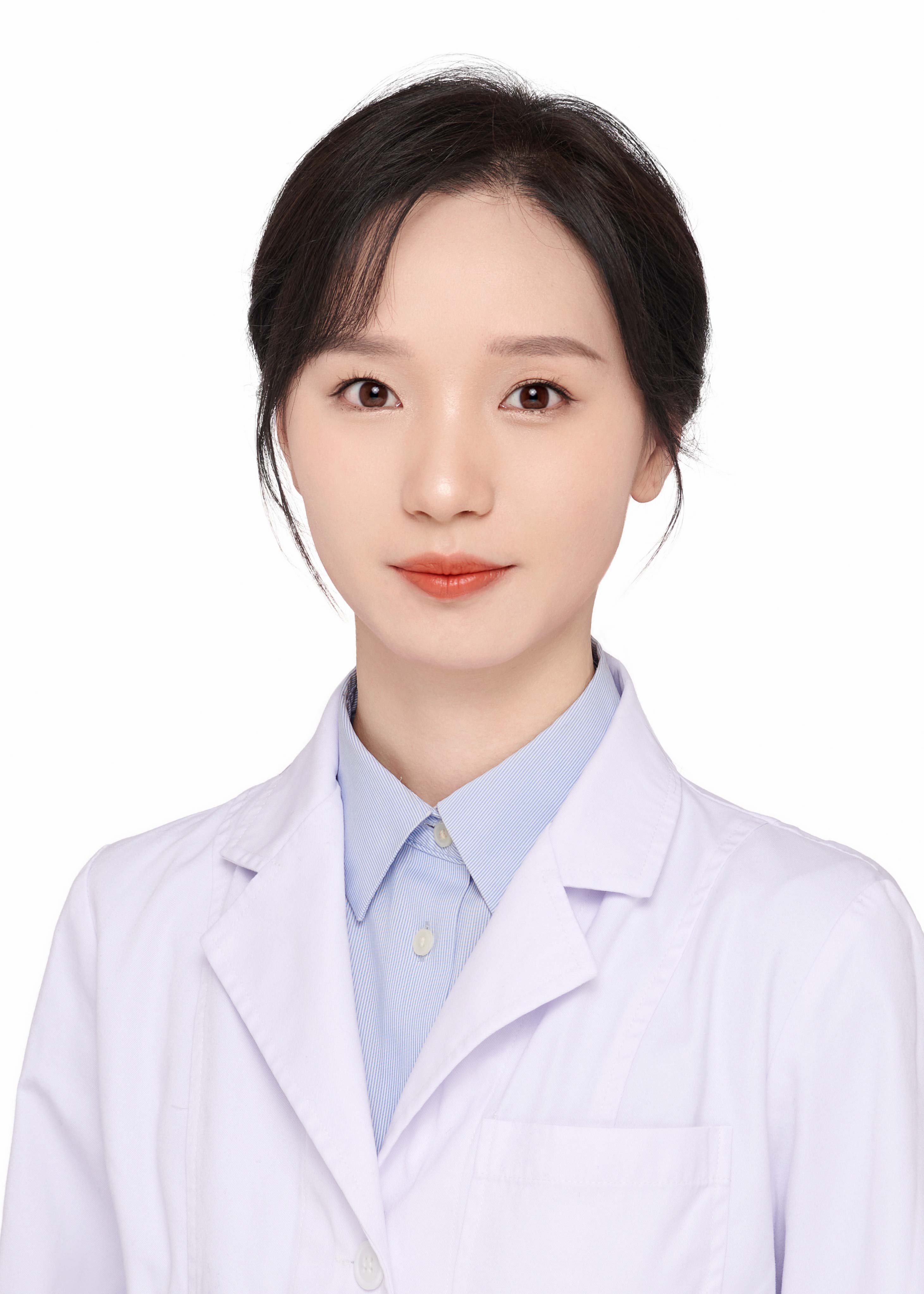How to Avoid Infection Risk After Spot Treatment
Generally, spot removal is primarily achieved through the use of laser-generated beams that target specific pigment cells to achieve the purpose of removing spots. The general reference price for laser spot removal ranges from 3000 to 8000 yuan per session, and visible improvement can usually be seen within 7 to 30 days. Measures to avoid the risk of infection after spot removal include keeping the skin clean and dry, using medical repair products, avoiding touching the wound with hands, maintaining healthy dietary habits, and regular follow-up visits. A detailed explanation is as follows:
1. Keep the skin clean and dry
After spot removal, the skin will have minor wounds. Keeping the skin clean helps remove surface dirt and bacteria, reducing the chance of infection, while dryness prevents bacterial growth in a moist environment.
2. Use medical repair products
Medical repair products are generally subjected to strict sterilization processes and contain ingredients that promote wound healing. They can create a relatively closed healing environment on the wound surface, reducing the invasion of external bacteria.
3. Avoid touching the wound with hands
Hands are one of the main areas where bacteria breed. Frequently touching the treated area can increase the risk of infection. Therefore, during the recovery period, direct contact with the wound using hands should be avoided, as well as squeezing or picking at the scabs.
4. Maintain healthy dietary habits
After spot removal, it is recommended to consume more foods rich in protein and vitamins, such as lean meat, eggs, fresh vegetables, and fruits. These foods help enhance the body's immunity and promote skin repair.
5. Regular follow-up visits
After undergoing spot removal treatment, follow-up visits should be conducted according to the doctor's instructions, so that the physician can monitor the healing progress, assess the risk of infection, and provide appropriate treatment advice.
If undergoing laser spot removal, it is recommended to visit a formal hospital and have the procedure performed under the guidance of a qualified physician to reduce procedural risks. In daily life, attention should also be paid to sun protection and lifestyle adjustments to promote skin recovery and metabolism.








